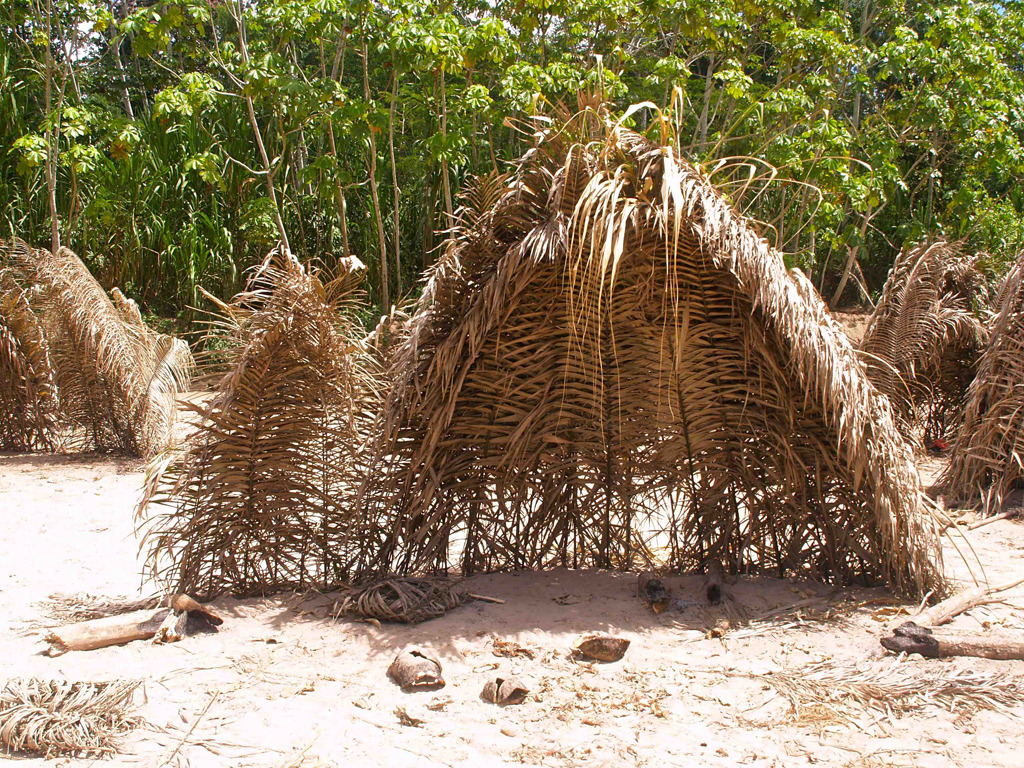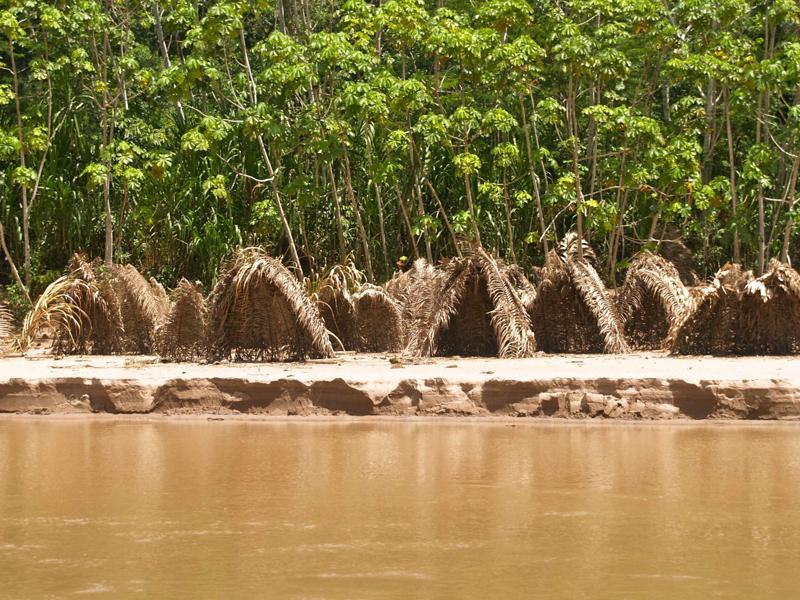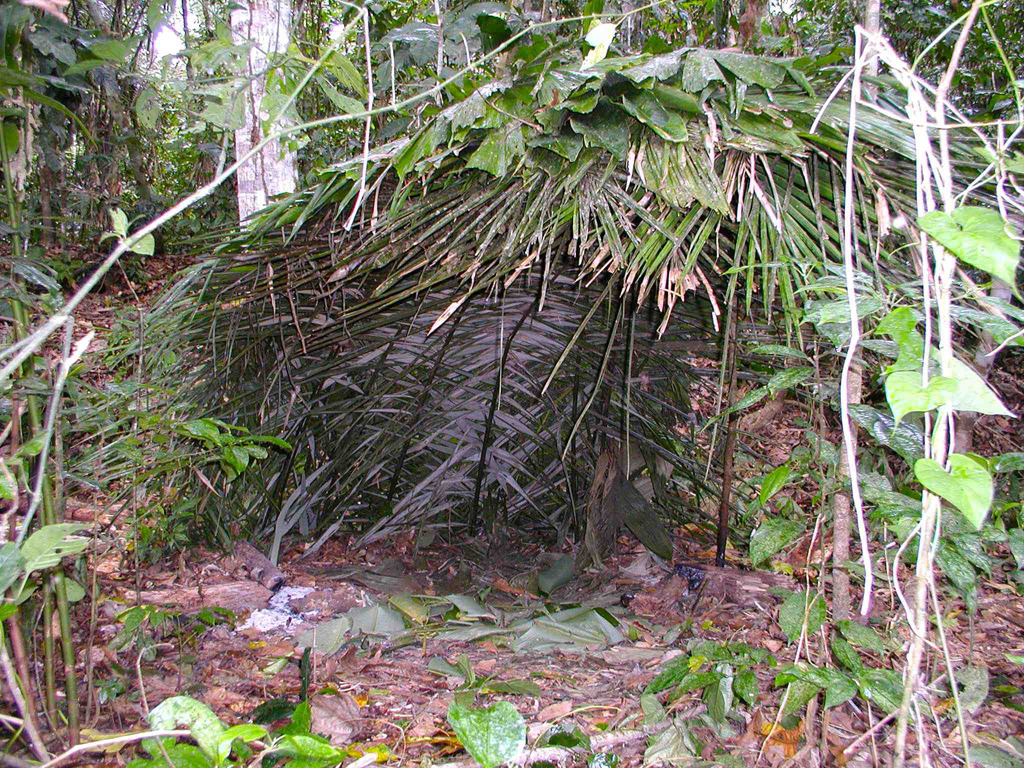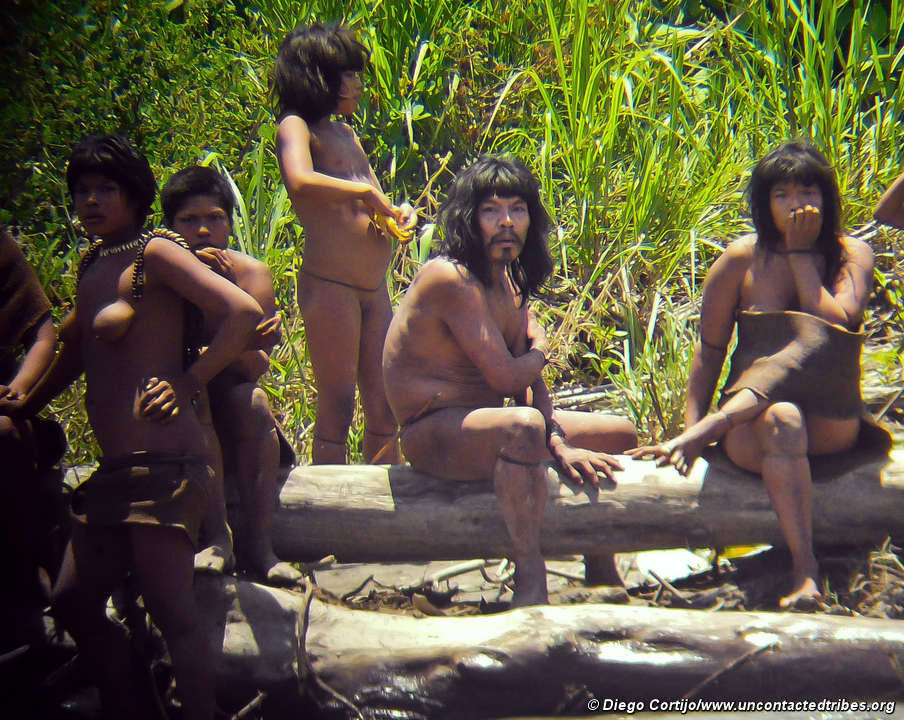V 07 |
Mashco-Piro temporary dwellings |
type |
|
place |
|
population |
In the age of space flight completely isolated tribes no longer exist – they can be seen from aircraft and boats, they have names and the outside world can communicate with them. The expression “uncontacted tribes” is not meaningless, however, as there are tribes which avoid contact with civilization, and with good reason.
The hunter-gatherer mashco-piro tribe, which lives on the edges of the Manú and Alto Purús National Parks, lived in villages and practised agriculture up until 120 years ago. During the “rubber boom”, that claimed tens of thousands of Indian lives, their lives changed radically, when in 1894 Carlos Fermín Fitzcarrald massacred most of the mashco-piro tribe or carried them off into slavery on rubber plantations. The survivors fled into the deepest rainforest, where they rapidly adopted a way of life which had died out centuries before. A measure of the success of their adaptation is the terror their bows and arrows inspired in the surrounding country. This fear is mutual, as the tribe with good reason avoid white people, unless they want to acquire pots, frying pans or machetes.
During the rainy season the tribe lives in hiding in the forest, and it is unknown how or where. In the tropical winter, their fishing season, they move to the riverbank and make themselves temporary shelters. They thrust man-high palm leaves into the sandy riverbank, closely packing them together in semi-circles, which form domed roofs against the rain, which resemble tents.
Their dwellings and way of life are in danger, however. Their territories are under threat from oil and gas drilling, gold-mining and mahogany logging operations and the roads which will have to be built to support them. The tribe is divided over the issue: some favour trading with outsiders while others would rather greet visitors with a hail of arrows, whether they be loggers, ethnographers or curious tourists.




